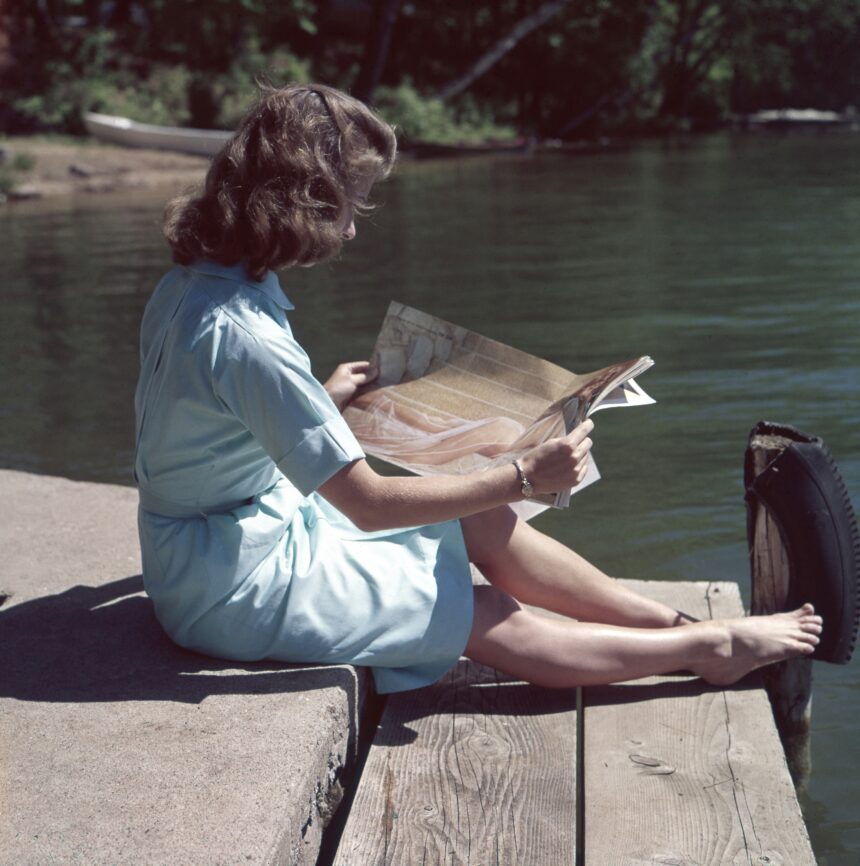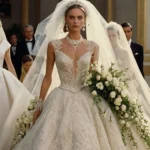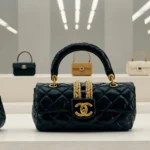Vintage fashion has always had a place in the fashion world, but in recent years, it has experienced a surge in popularity. From runways to street style, retro styles have become a staple of modern fashion. So, why the sudden fascination with fashion from past eras?
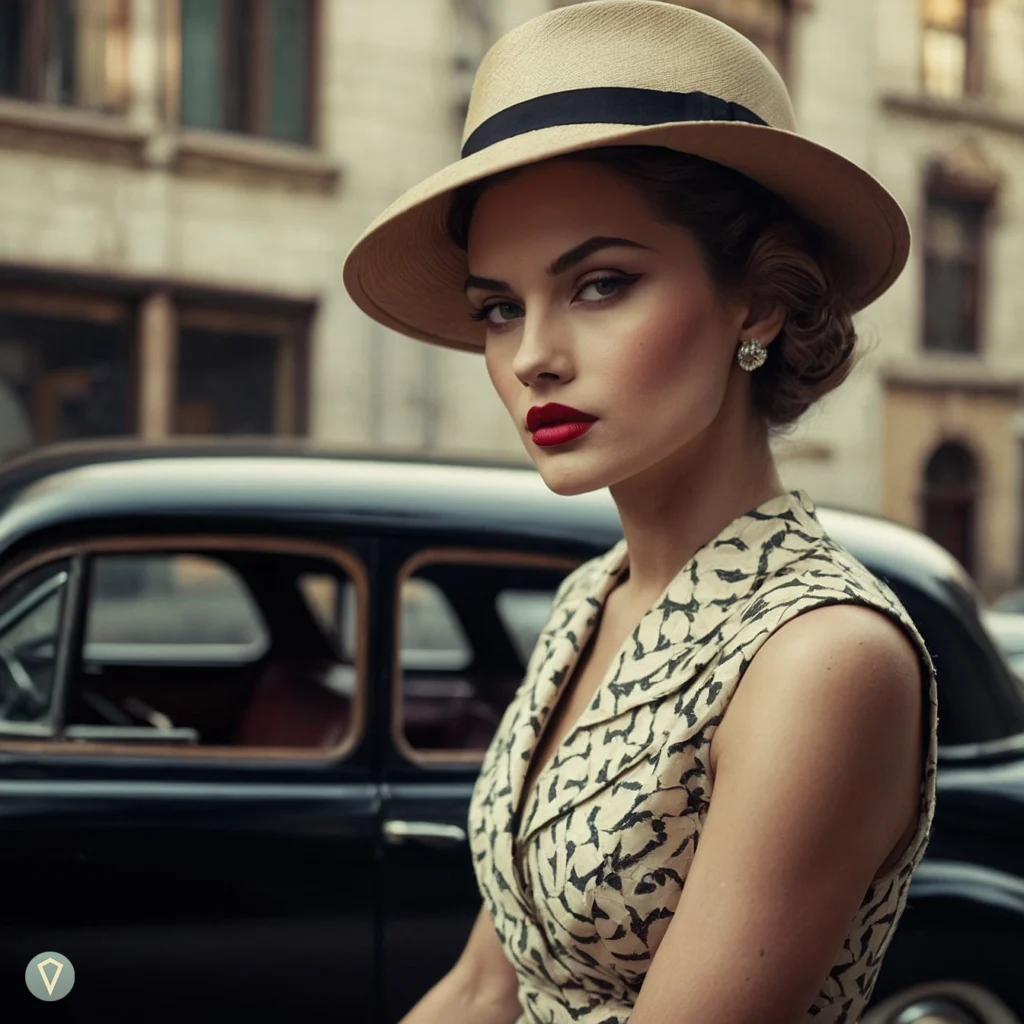
First and foremost, the sustainable fashion movement has played a significant role in the rise of vintage fashion. As consumers become more aware of the environmental impact of fast fashion, many are turning to vintage clothing as a more sustainable option. By buying secondhand, we reduce the amount of clothing sent to landfills and lessen the demand for new clothes to be produced.
Additionally, vintage fashion offers a unique opportunity for self-expression. With styles ranging from the flapper dresses of the 1920s to the bold prints of the 1970s, vintage fashion allows individuals to create looks that are truly one-of-a-kind. It’s no longer just about following the latest trends; vintage fashion allows us to embrace our own personal style.
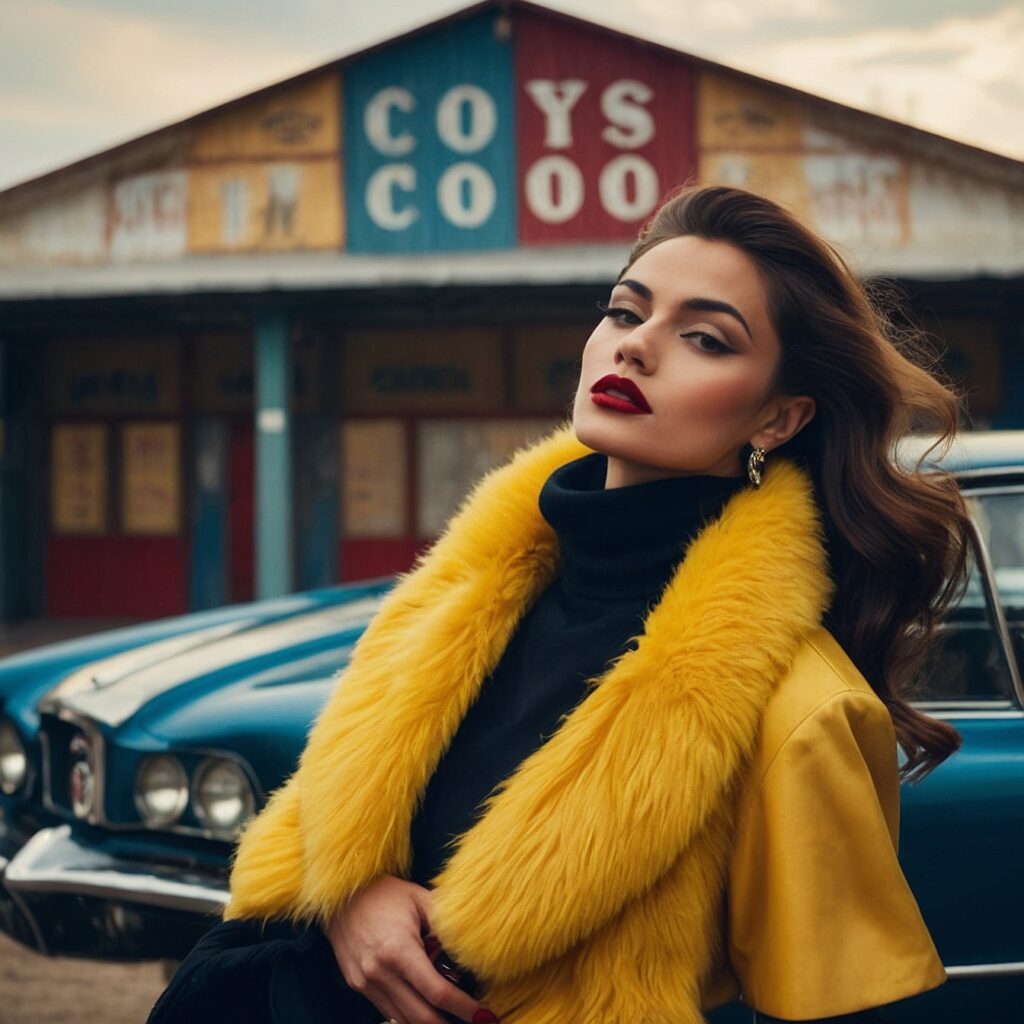
Social media has also played a significant role in the resurgence of vintage fashion. Platforms like Instagram have given rise to a new wave of vintage influencers, showcasing their unique style and inspiring others to embrace vintage fashion. Vintage clothing stores have also taken to social media to showcase their wares, making it easier than ever to find and purchase vintage clothing.
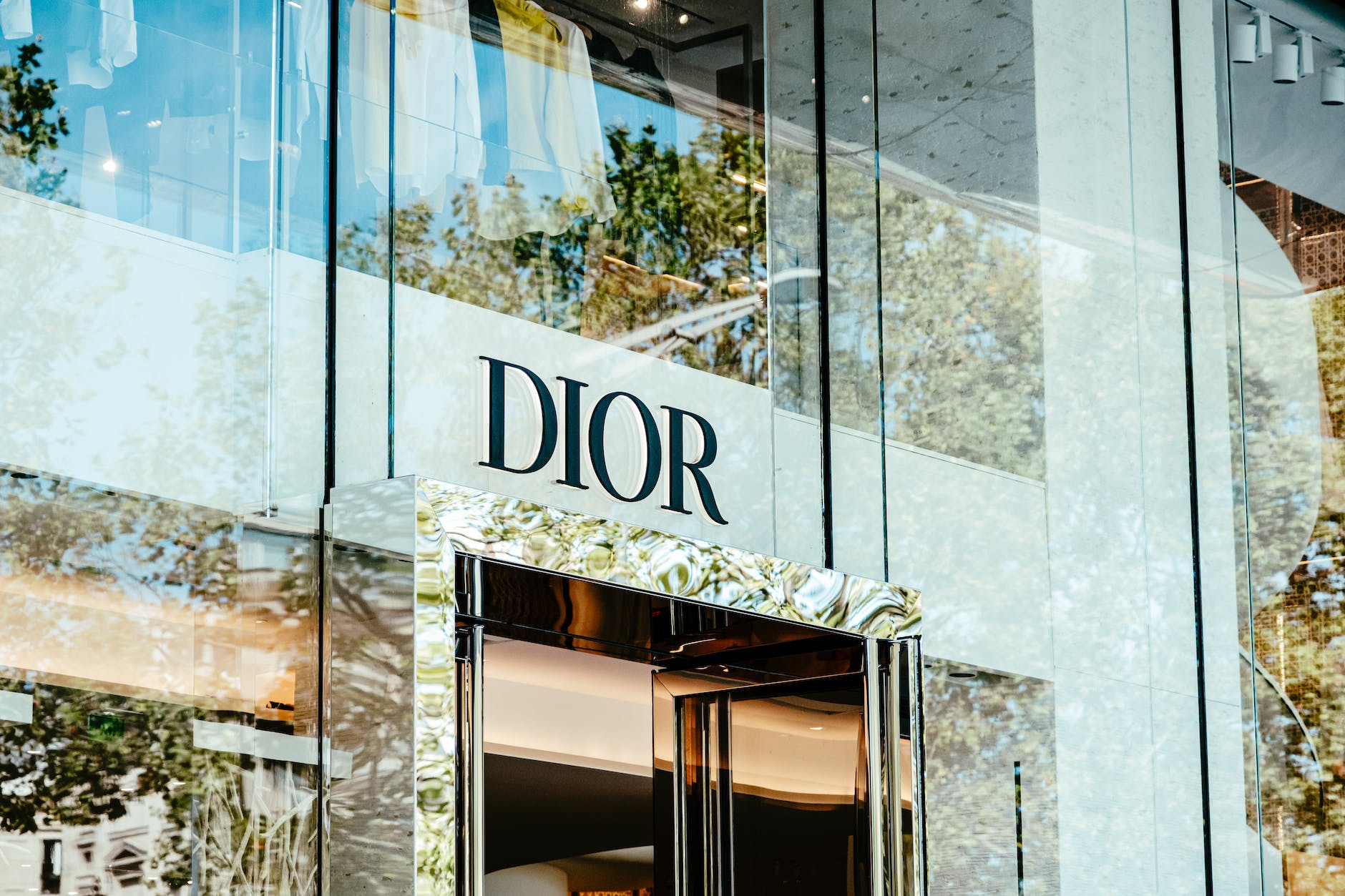
The rise of vintage fashion has not gone unnoticed by the fashion industry. Major designers have taken inspiration from past decades, incorporating vintage elements into their collections. Vintage styles are seen on runways and in editorials, cementing their place in the world of high fashion.
In conclusion, the comeback of vintage fashion is more than just a trend; it’s a movement towards sustainable fashion and individuality. By embracing vintage fashion, we can reduce our impact on the environment and express ourselves in a way that’s both unique and timeless.


